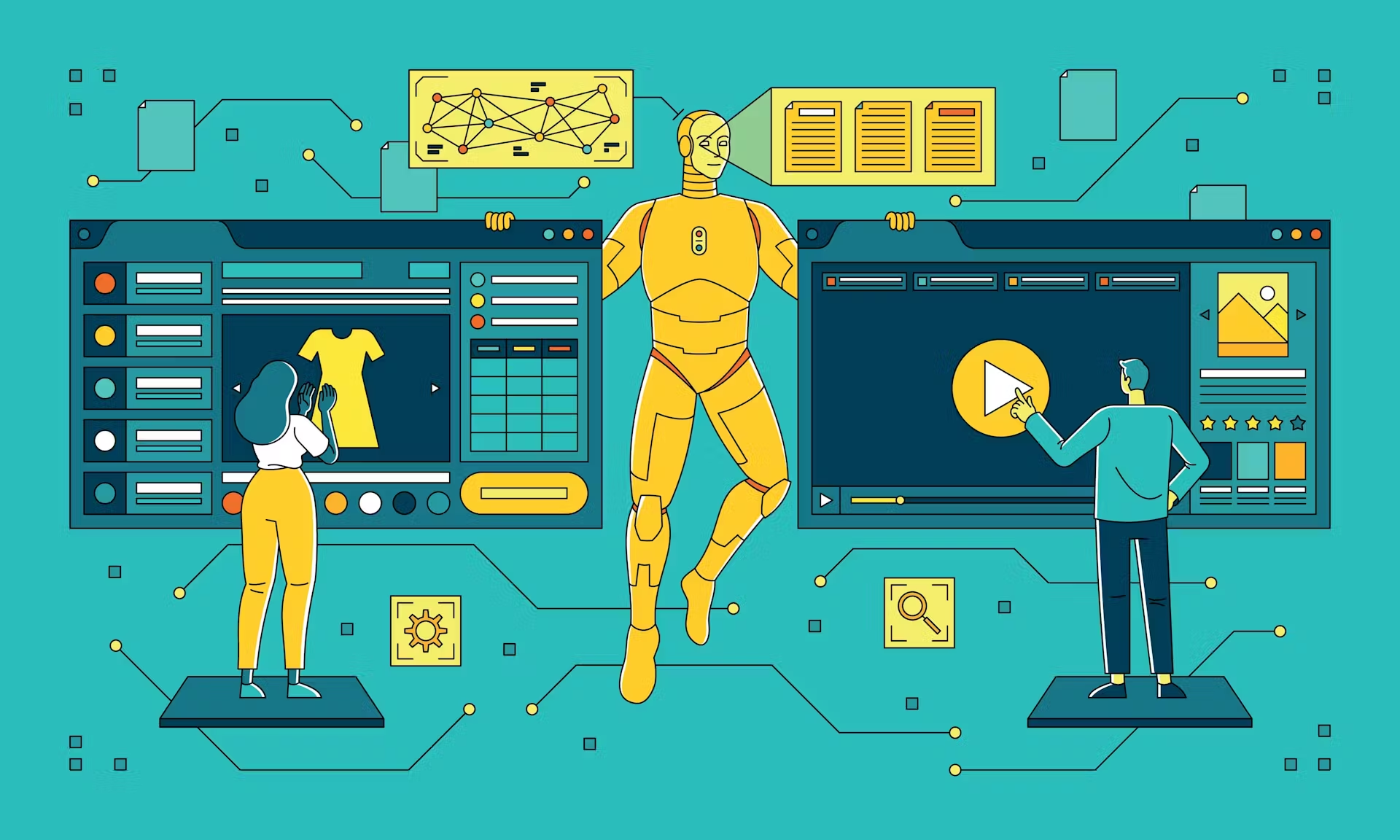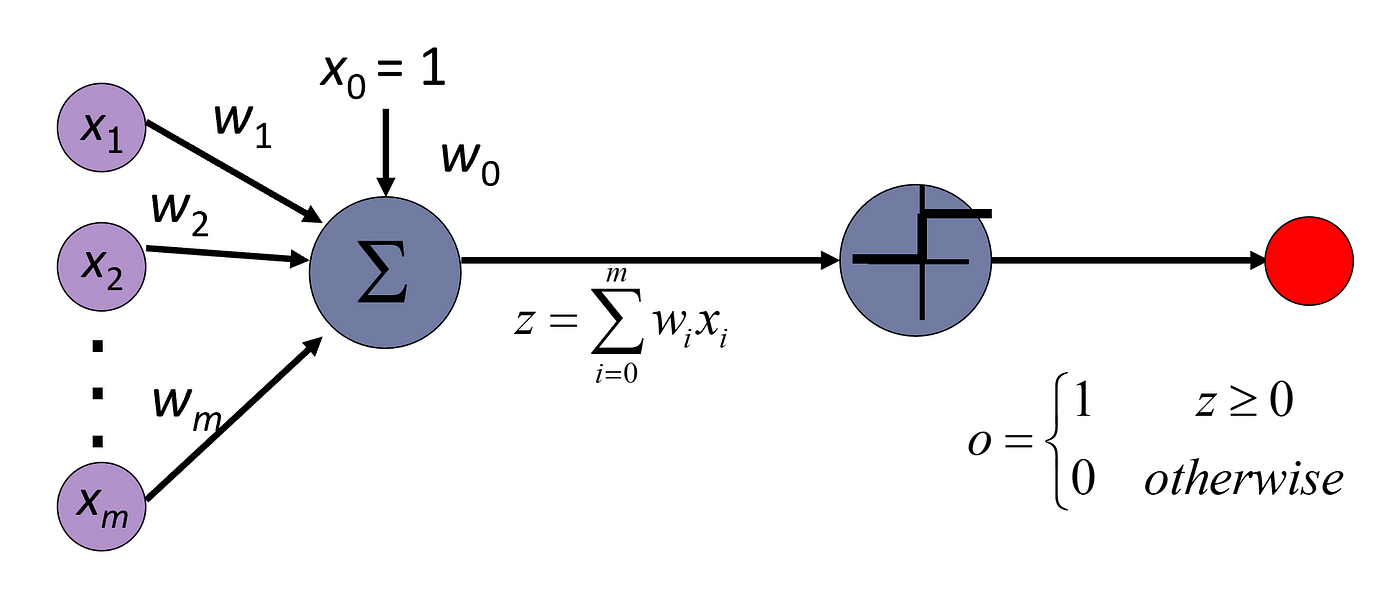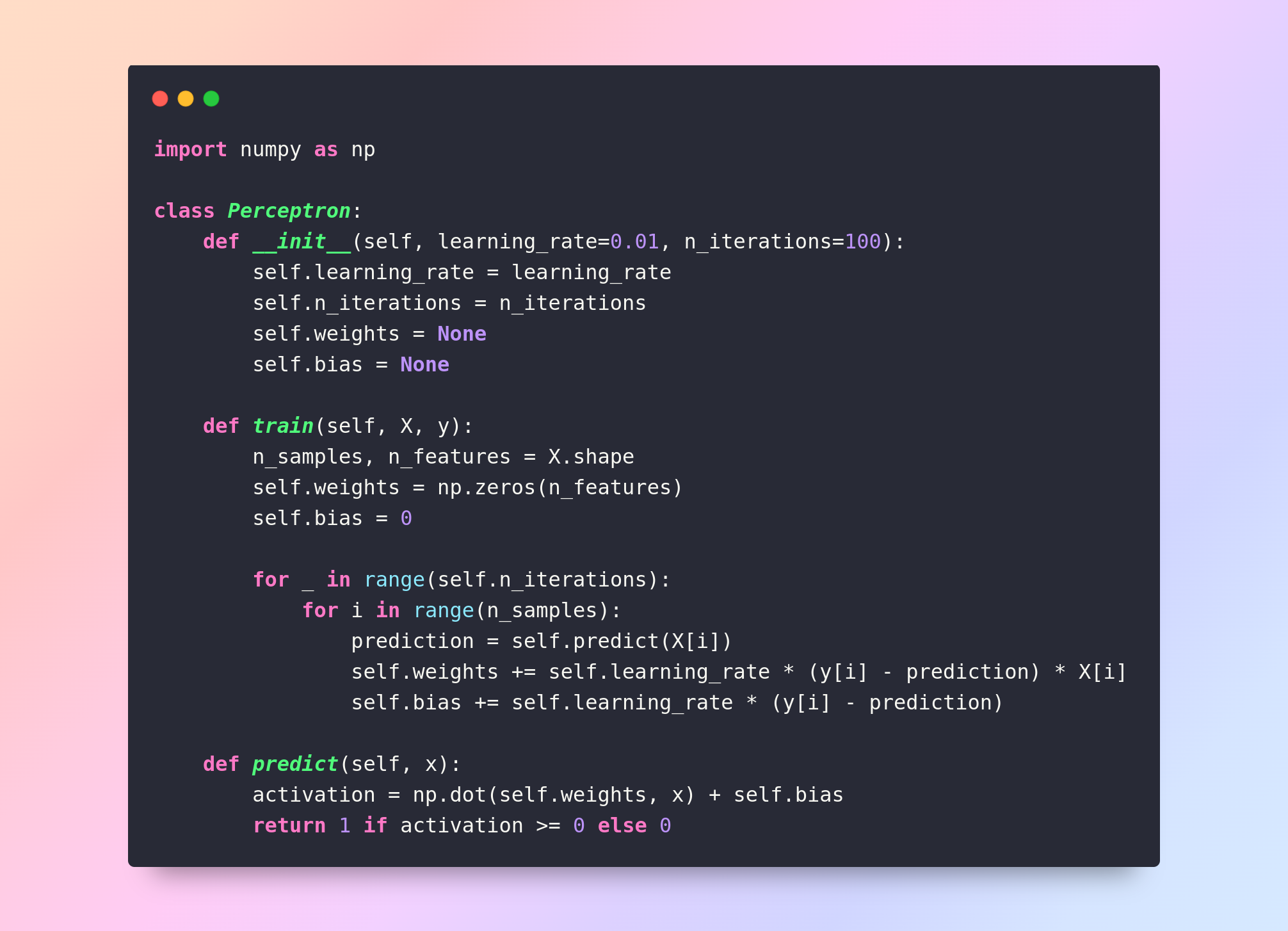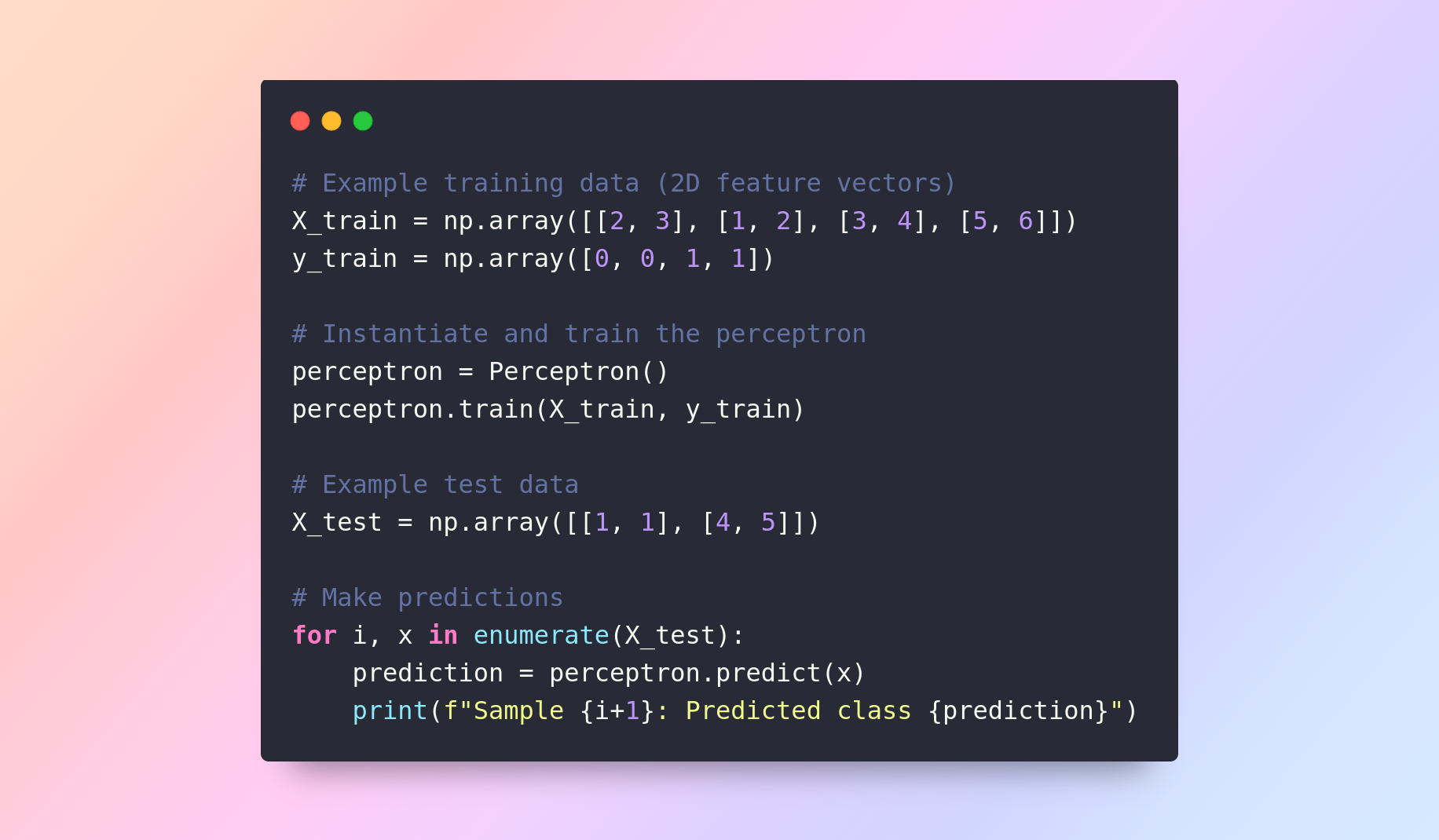The Power of Perceptron Unveiled: A Detailed Overview
 Nishant Gangwar
Nishant Gangwar
In a world buzzing with artificial intelligence and machine learning, there's a tiny yet mighty hero: the perceptron. Sounds like something out of a sci-fi flick, right? Well, hold onto your hats, because this little gem is as real as it gets, and it's changing the game in more ways than one.

What's a Perceptron ?
Let's break it down. Imagine you're trying to teach a computer to recognize cats in pictures. Enter the perceptron: a basic but brilliant algorithm designed to learn from examples and make decisions – just like our brains do! It takes in data, weighs the evidence, and makes a guess. If it's right, great! If not, it learns from its mistake and tries again.
Why Do We Need Them ?
Here's the thing: simplicity is often the key to success. Perceptrons may be basic, but they're lightning-fast and surprisingly versatile. Need to spot spam emails? Perceptron's got your back. Want to tell friend from foe in a sea of data? Perceptron's on it. Their knack for binary decision-making makes them perfect for jobs that require quick thinking and a straightforward approach.
What's a Structure of Perceptron ?
Structure: At its core, a perceptron consists of three main components: inputs, weights, and an activation function. Inputs represent the features of the data being processed, while weights determine the significance of each input. The activation function, traditionally a step function, computes the output of the perceptron based on the weighted sum of the inputs.
What's a Functionality of Perceptron ?
The functioning of a perceptron can be summarized in a few simple steps:
Initialize weights: Assign random values to the weights of the perceptron.
Compute the weighted sum: Multiply each input by its corresponding weight and sum the results.
Apply the activation function: Use the activation function to determine the output of the perceptron based on the weighted sum.
Update weights: Adjust the weights based on the error between the predicted output and the actual output.
Repeat: Iterate through the dataset multiple times, adjusting weights after each iteration to minimize errors.
Implementation of a Perceptron ->

Here's how to use this implementation:
Instantiate the Perceptron class with desired parameters, such as learning rate and number of iterations.
Call the
train()method with training dataX(feature vectors) andy(labels).Call the
predict()method to make predictions on new data points.

In a nutshell, the perceptron may be small, but its impact is anything but. So, next time you're marveling at the wonders of modern technology, take a moment to thank the humble perceptron for laying the groundwork. After all, big things often have small beginnings – and in the world of AI, the perceptron is where it all began.
Subscribe to my newsletter
Read articles from Nishant Gangwar directly inside your inbox. Subscribe to the newsletter, and don't miss out.
Written by
